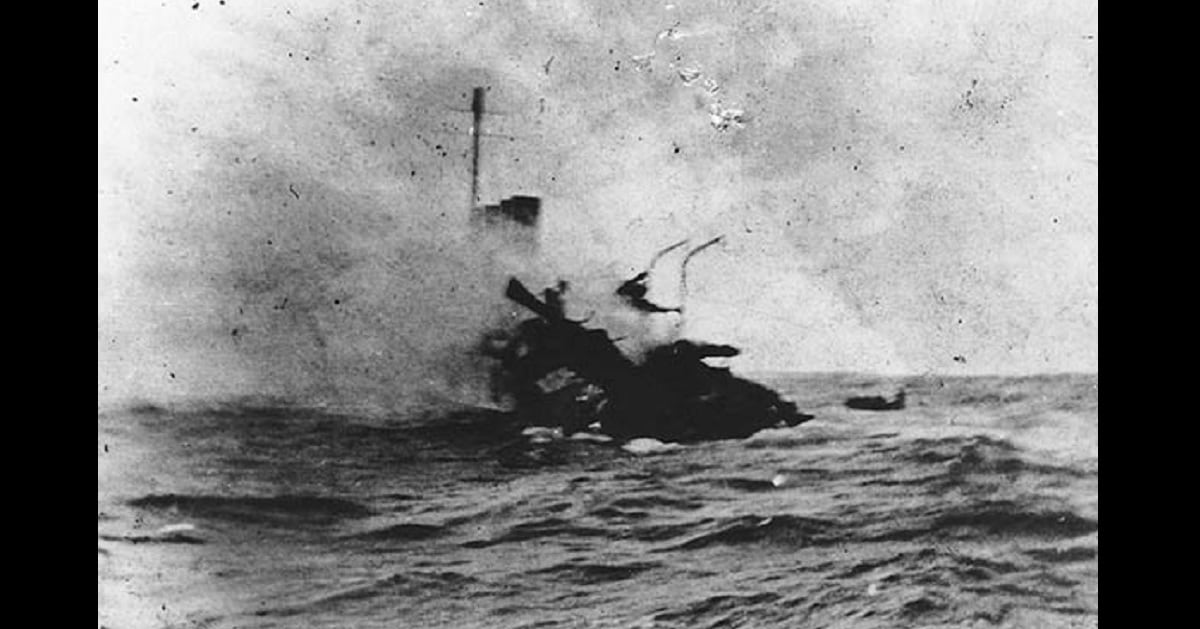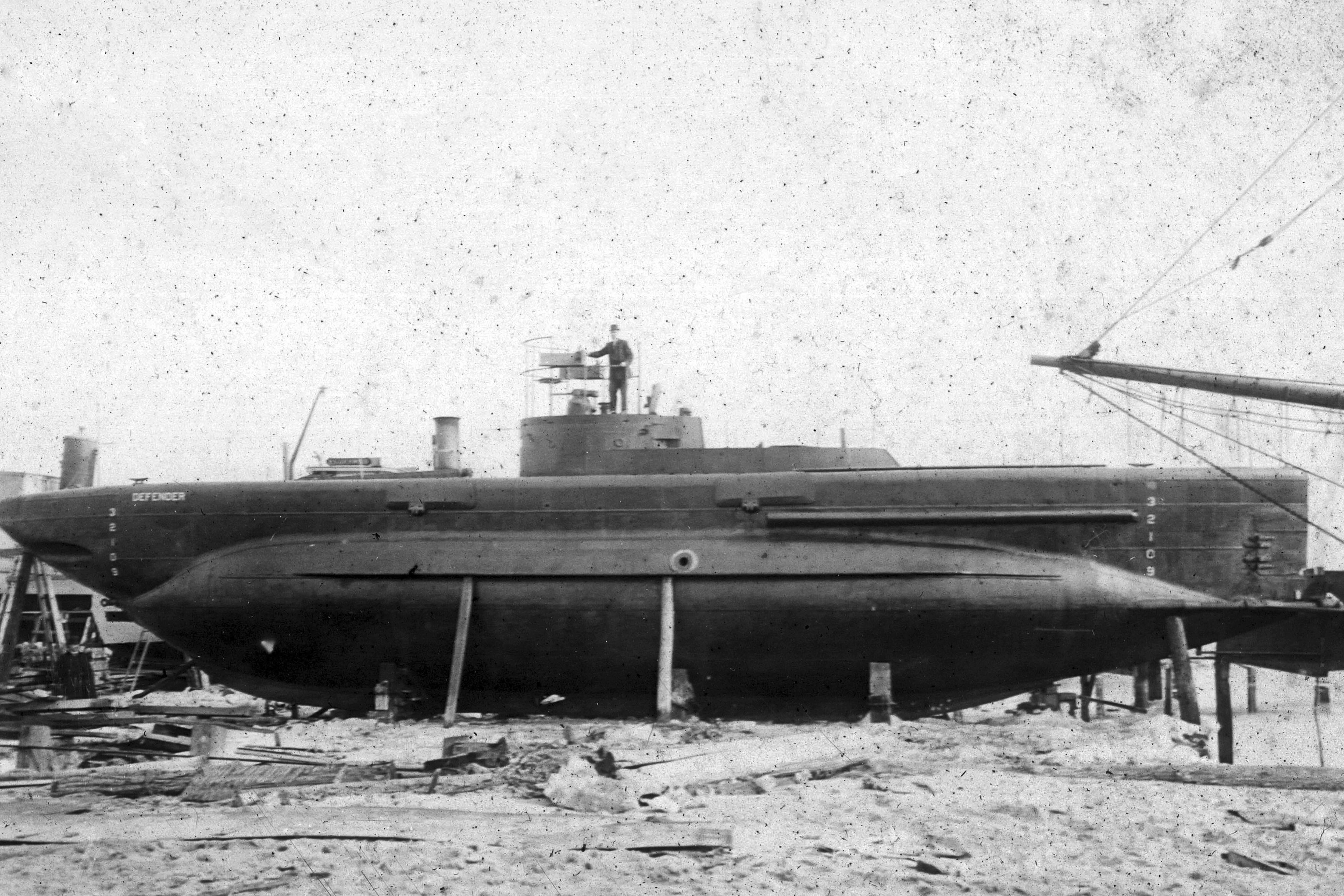HARTFORD, Conn. — Connecticut divers have discovered the wreckage of an experimental submarine that was built in 1907 and later scuttled in Long Island Sound.
The Defender, a 92-foot-long (28-meter-long) boat, was found Sunday by a team led by Richard Simon, a commercial diver from Coventry, Connecticut.
Simon said he had been interested in the story of the Defender for years. He spent months going over known sonar and underwater mapping surveys of the bottom of the sound, as well as government documents obtained under the Freedom of Information Act, to identify any anomaly that fit the size of the sub.
“A submarine has a very distinct shape,” he said. “It needs to be 100 feet long and 13 feet in diameter. So I made a list of everything that was that long and there was one target on that list.”
Simon then assembled a group of top wreck divers to determine if the Defender was in the location he had identified.
RELATED

Poor tidal conditions forced them to abandon an attempt last Friday. They returned on Sunday and discovered the Defender lying on the bottom, more than 150 feet (45 meters) beneath the water’s surface, off the coast of Old Saybrook.
“It was legitimately hiding in plain sight,” he said. “It’s on the charts. It’s known about in Long Island Sound, just no one knew what it was.”
Simon described the agony of waiting on the deck of his research vessel, staring at a dive buoy in the fog and waiting for his two divers to surface. Once they did and confirmed they had found a sub, the team erupted in “pure joy,” he said.
Simon said he didn’t want to give the exact depth, because he said that could give away the sub’s location.
The submarine, originally named the Lake, was built by millionaire Simon Lake and his Bridgeport-based Lake Torpedo Boat Company in hopes of winning a competition for a U.S. Navy contract, according to NavSource Online, a website dedicated to preserving naval history.

It was experimental vessel, with wheels to move along the sea bottom and a door that allowed divers to be released underwater, Simon said.
The company lost that competition and Lake then tried refitting the boat for minesweeping, salvage and rescue work, renaming it the Defender. But he never found a buyer. It was a well-known sub and was even visited by aviator Amelia Earhart in 1929, Simon said.
But the submarine spent many years unused, docked in New London before eventually being abandoned on a mud flat near Old Saybrook. It was scuttled by the U.S. Army Corps of Engineers in 1946, but the corps never disclosed where, Simon said.
Simon said it was clear when his team found the wreckage that it was indeed the Defender. The length, the size and shape of protrusions on the submarine’s distinct keel, and the shape and location of diving planes characteristic of Lake-built vessels, all helped identify it, he said.
Simon and his team plan to spend the summer diving on the sub, filming it and taking photographs. He said he and the company he and his wife own, Shoreline Diving, put up the money for the search. He said he hasn’t figured out how to monetize the find, but said that wasn’t the goal in looking for it.
He has already contacted the Navy to see if it would be interested in helping preserve the wreckage.
The ship has some protections under what is known as the Abandoned Shipwreck Act, a 1988 law that would allow it to be treated as an archaeological or historical site instead of a commercial property to be salvaged, he said.
“So, as a wreck diver, I can go visit history; I can touch it; I can experience it,” he said. “It’s just a different connection to history, to the past that we don’t have in any other activity.”





